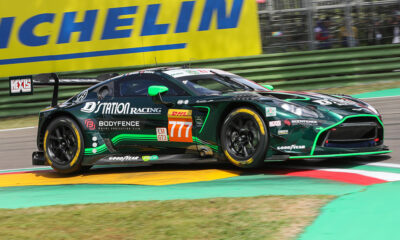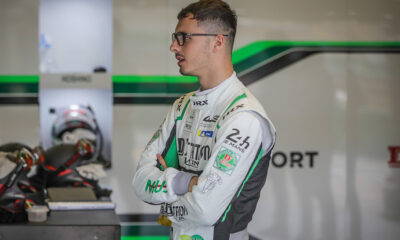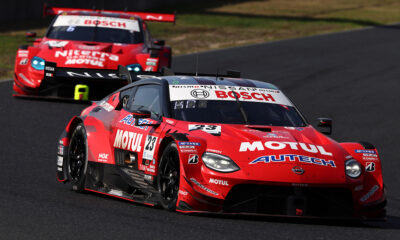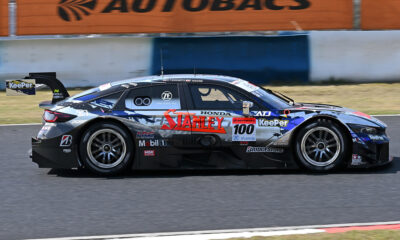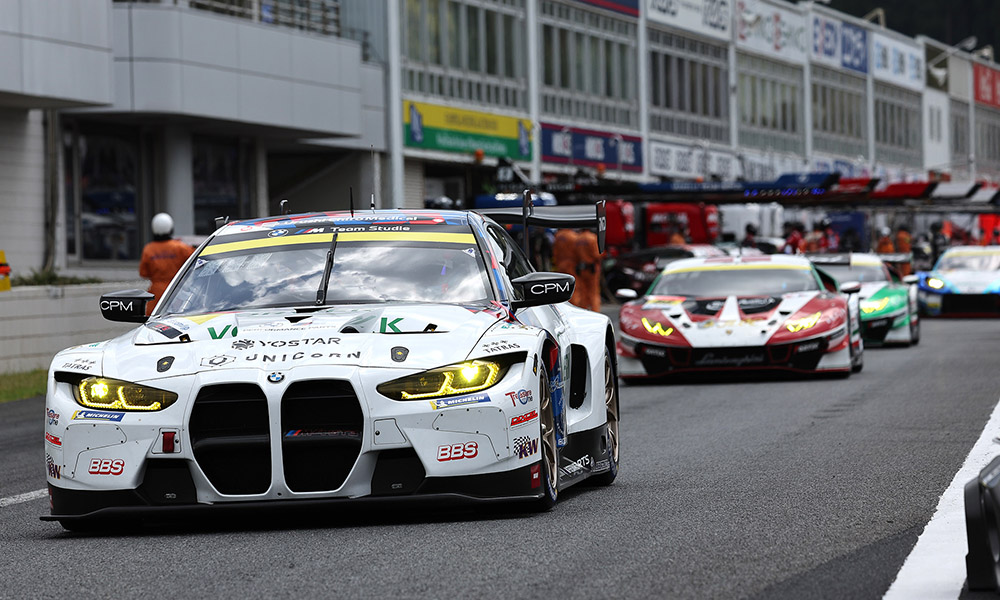
Photo: SUPER GT
SUPER GT has revealed further details of how its radical new qualifying format will operate this season, including the rules governing how the GT300 class grid is set.
Last month, the Japanese series unveiled a major overhaul of its qualifying rules, which will see combined times from Q1 and Q2 used to set the grid order and the use of a single set of tires mandated for both sessions, as well as the start of the race.
Further clarity has now been given regarding how the new system will work by way of a pair of bulletins outlining additions to SUPER GT’s sporting regulations.
The most notable clarification is confirmation of exactly how GT300 qualifying will work amid the 27-car grid being split into two groups for Q1 (Group A and Group B) according to championship position, as has been standard practice in recent years.
Previously, the top eight cars from each Q1 group would progress to Q2, but with no cars being knocked out under the new system, the GT300 field will essentially be regrouped for Q2 according to the qualifying times from Q1.
The fastest 16 cars will go into Group 1 and the remaining cars will go into Group 2. But while the top 12 cars from Group 1 will form the first six rows of the grid, the four slowest cars will then be judged against the four fastest cars from Group 2.
This ranking will determine how the grid is set for positions 13 through 20, with 21st place and lower taken from the remaining Group 2 times.
Whether Group A or Group B runs first in Q1, which could have a major impact on the grid owing to changing conditions, will be decided by lottery.
In the event of rain, the aggregate system for GT300 will be scrapped, with qualifying times to be determined by Q2 alone, although Q1 times will still determine whether a car participates in Group 1 or Group 2 in Q2.
For the GT500 class, all 15 cars will participate in Q1 and Q2, with no group system being used, and aggregate qualifying still applies in wet conditions.
In cases where two cars end up with identical aggregate times, the car with the faster time in Q2 will be given priority. If the times in Q2 are the same, then the car that recorded the lap first is given priority.
While in principle teams must use the same set of tires for both Q1 and Q2 and then the start of the race, it has been clarified that one tire can be replaced in case of trouble such as a lock-up or puncture without penalty.
However, teams needing to change two or more tires will have to do so in the pits before the start of the race, and then take the start from pit lane.
Another area that has been clarified is how cars that do not match a notional qualifying time will be treated. Essentially, any car that does not meet 107% of the average of the three fastest aggregate times from Q1 and Q2 will be sent to the back of the grid and forced to pit after one formation lap, before taking the start from the pits.
If this applies to multiple cars, they will be ordered by their aggregate Q1/Q2 times, or by their times in either Q1 or Q2 if they only participated in one session. If multiple cars did not participate in either session, they will be ordered by practice times.
The new qualifying system is set to be tested in this weekend’s first official pre-season test at Okayama International Circuit, during the afternoon on Saturday, and a similar trial is also planned for the following week’s Fuji Speedway test.

















